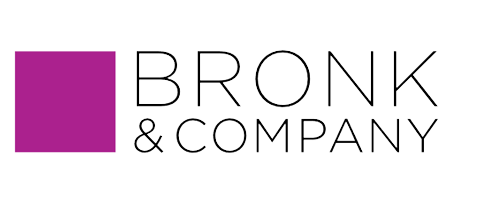Dynamic Material Allocation: Why is it a planning challenge?
Actually quite simple: customer orders are produced as ordered within the required specifications. But then quality deviations, batch completion and deadline problems mess up the “standard” procedure. In a mass-market, where many pieces of material are produced within and outside given tolerances (according to geometry, surface, mechanical-technological properties), the material allocation is a real challenge. In cases outside of the standard procedure, the material allocation must react dynamically to the produced material properties. The decisions in allocating material have direct influence on the product profitability and thus the company result. The complexity is so high due to a m:n relationship between different material pieces with their individual properties and diverse customer needs.
Under the following circumstances, a “dynamic material allocation” is essential:
- Anonymous production up to the decoupling point and subsequent final production considering specific customer requirements and deadlines. E.g.: Anonymous production of slabs due to optimal production lot sizes
- Unavoidable quality deviations due to the production process:
- Material cannot be used for the original sales order, thus a new use for this material has to be allocated
- The original order cannot be supplied with enough material resulting in a shift in production to supply missing material or reclassification of excess units
What is important?
In order to optimize and automize the material allocation, the transfer of the most complex material properties into systematically readable attributes is the essential basis. Only then can the properties of the physical material be checked with the customerspecific order specifications.
Depending on the kind of product and the production stage, the complexity of the allocation problem varies considerably. There is basically no standard solution for the data coding of material properties in the metal industry and as such, it is always handled individually. In the worst case, material properties are recorded in free text fields or even by hand records. Similarly, the coding of customer order specifications is often solved very individually. In the metal industry, the material allocation is often operated with little system support. Instead it is done by well-trained employees with a lot of experience. But handling complex rule sets manually, makes it difficult and unlikely to find the “optimal” solution.
In IT tools, the dynamic material allocation is usually formulated as a mathematical assignment problem, which is solved by linear optimization algorithms (solvers). This requires organizations to make expert knowledge transparent and documented in a set of rules. The target system of the optimization should be adaptable to the current corporate goals.
Conclusion
- The material allocation significantly influences the product profitability and thus the company result. Therefore, it is worth the effort to establish a dynamic material allocation and enhance the process step by step.
- The technological barriers to automate a dynamic material allocation have never been as easy to overcome as they are today due to the rapid development of digitalization. Therefore let’s get started!


